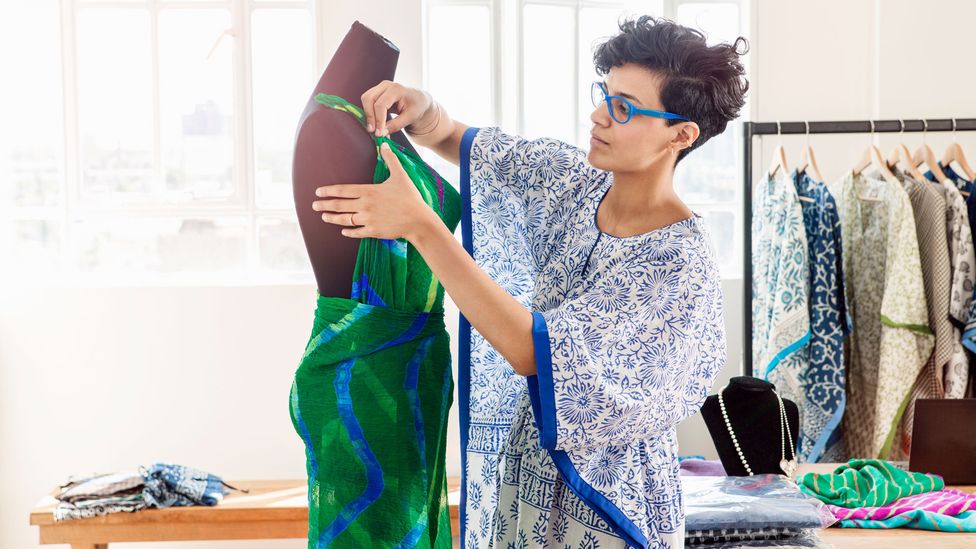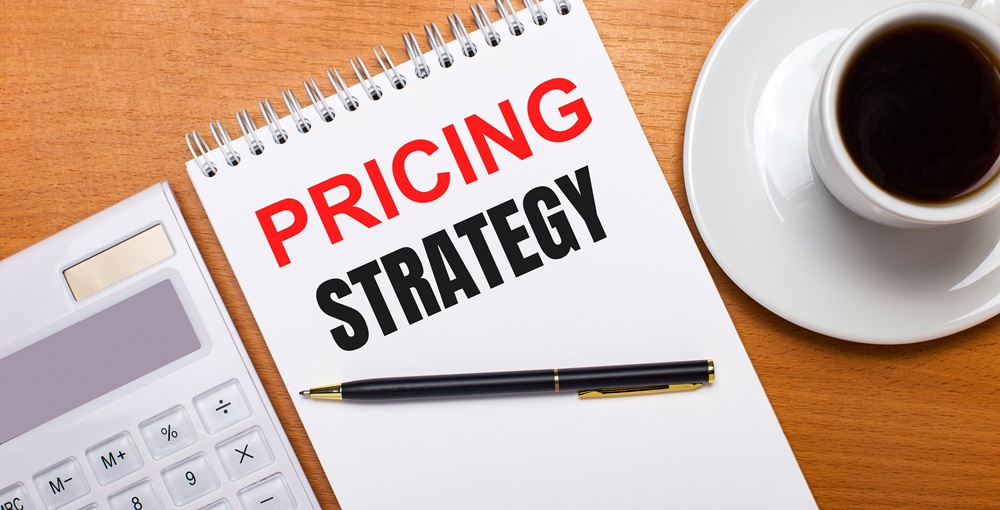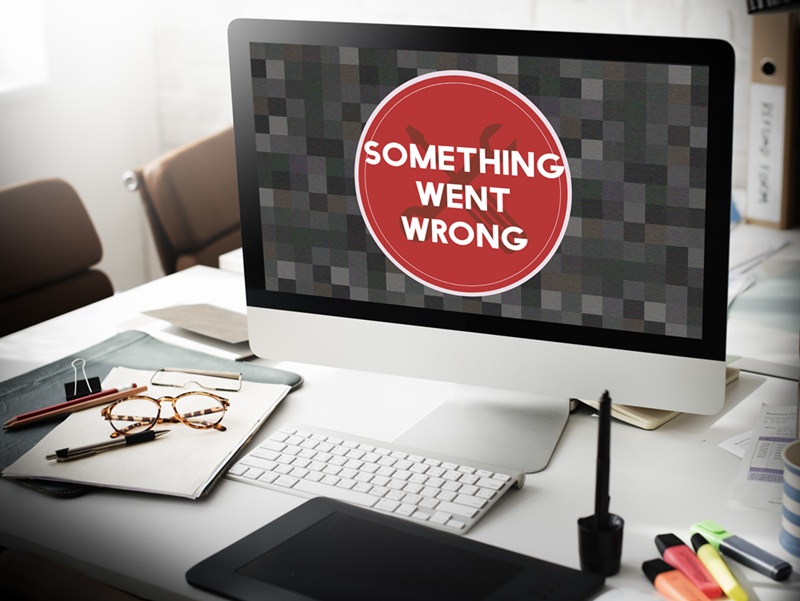
Redefining Style: How Fashion and Beauty Empower Self-Expression in the Modern Era
Fashion and beauty have long been tools of personal expression and cultural identity, and in the modern era, they have evolved into powerful industries that influence social movements, redefine standards, and foster creativity on a global scale. What we wear and how we present ourselves are no longer bound by conventional norms. Instead, they reflect an individual’s personality, values, and aspirations, making fashion and beauty more inclusive and diverse than ever before.
In the age of social media, trends emerge and spread faster than ever. Platforms like Instagram, TikTok, and Pinterest have given rise to influencers and micro-celebrities who shape the fashion and beauty landscape. These individuals inspire millions with their unique styles and have become instrumental in promoting new brands, sustainable fashion, and innovative beauty products. The democratization of style means that fashion is no longer dictated solely by runway designers but by everyday people around the world.
Sustainability has become a significant theme in the fashion and beauty sectors. Consumers are increasingly aware of the environmental impact of fast fashion and chemically-laden beauty products. In response, many brands are pivoting toward eco-conscious practices. From cruelty-free makeup lines to clothing made of recycled or organic materials, the industry is undergoing a green revolution. Slow fashion is gaining popularity as consumers seek timeless, high-quality pieces over disposable trends.
Inclusivity is another important transformation within the beauty and fashion industries. Brands are recognizing the importance of diversity in their campaigns and product lines. Makeup companies now offer foundation shades for all skin tones, and fashion labels are designing for all body types, genders, and abilities. This shift reflects a broader societal change—a growing demand for representation and equity.
Technology is also playing a pivotal role in the evolution of fashion and beauty. Augmented reality (AR) apps let users try on makeup or outfits virtually before making a purchase. Artificial intelligence (AI) helps tailor product recommendations, and data analytics inform brands about customer preferences and behavior. These digital advancements are creating a more personalized and seamless shopping experience.
Moreover, fashion and beauty serve as mediums for empowerment. For many, the act of dressing up or applying makeup is more than vanity—it’s a form of self-care, confidence-building, and emotional expression. Whether it’s the power suit that boosts morale during a presentation or a bold lipstick that expresses joy, fashion and beauty can uplift and inspire.
Fashion also reflects and influences cultural conversations. Movements like body positivity, gender neutrality, and sustainable living are all echoed in modern collections and campaigns. The rise of gender-fluid fashion, unisex makeup, and minimalist skincare shows how brands are adapting to changing societal values.
In conclusion, fashion and beauty have transcended their traditional roles to become platforms for change, creativity, and connection. They allow individuals to express themselves authentically while shaping broader cultural narratives. As the industries continue to innovate and become more inclusive and sustainable, they will undoubtedly remain at the forefront of modern identity and lifestyle.



